nn
n
n
n
n Gold, of course. There was bound to be gold. There was always going to be gold? If you were bringing gifts, you’d bring gold. In Biblical times,ngold was so scarce that only kings could afford it. Gold is almostnindestructible, it is often found in its pure form and it represents bothnfinancial and spiritual wealth. So the Magi were bound to bring gold to thenChrist Child, who was thought to be the king of heaven and earth. It symbolisednhis majesty and kingship, his purity and incorruptibility.
n
n
n
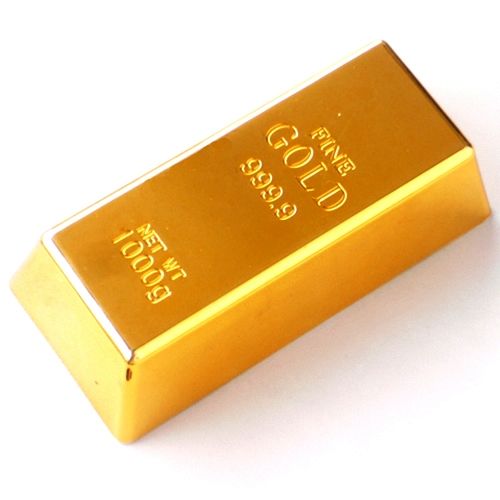 |
| Gold |
n
n
n
nThey also brought frankincense. Frankincense is anresin that comes from the Boswellia species of shrub, an extraordinarilynhardy bush that grows mainly in Yemen. From ancient times, frankincense hasnbeen used in the best incense, its name comes from franc encens –nmeaning ‘finest incense’ – and is obtained by striping the bark of thenshrub with a blade and collecting the ‘tears’ of gummy resin that exude fromnthe cuts and dries in contact with the air. Even within the same species of Boswellia,nthe quality of the resin varies from individual shrubs, depending on thencircumstances in which it grows, but it is all very valuable. The Egyptians,nGreeks, Romans and the Jews used frankincense in their religious ceremonies,nand the smoke from burning the resin symbolises the prayers of the faithfulnrising up to heaven.
n
n
n
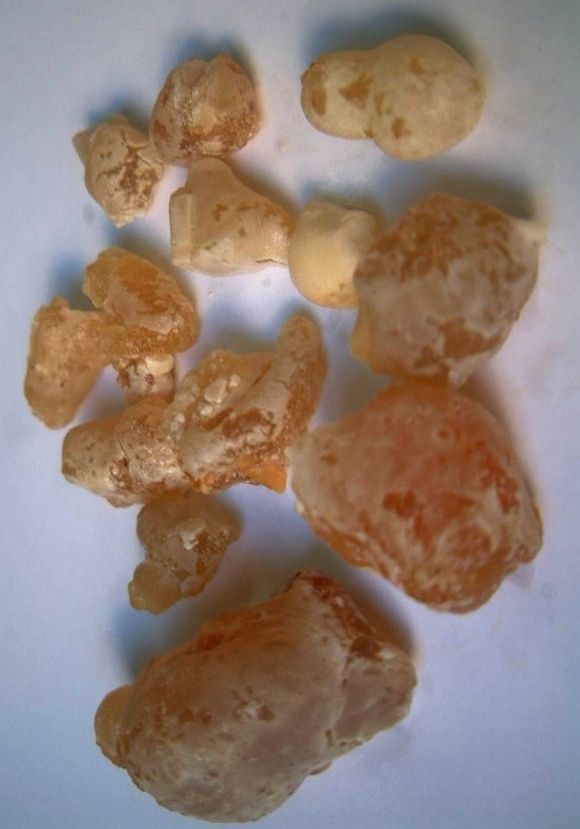 |
| Frankincense |
n
n
n
nIn addition, it was used in medicines as an aid tondigestion and in the treatment of arthritis and it may be that burning thenincense in the home helps in the treatment of depression. Frankincensensymbolised Christ’s divinity. The Roman Catholic Church continues to usenfrankincense in its rites but the Protestants, and the Puritans in particular,nregarded its use as just another Popish superstition to be suppressed and by the endnof the eighteenth century, the use of incense in English churches was almostnunknown.
n
n
n
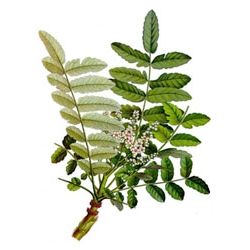 |
| Frankincense |
n
n
n
nIn Greek mythology, Apollo desired Leucothoë, the daughter of KingnOrchamus, and disguised himself as her mother to gain access to her chambers.nHer sister, Clytia, had been Apollo’s lover and was jealous of her sister, sonshe told their father about the affair. Orchamus was enraged that Leucothoë hadnbeen defiled and ordered her to be burned alive; Apollo, unable to save her,npoured nectar and ambrosia (the drink and food of the Gods) over her grave andnshe was transformed into the frankincense shrub. Clytia, hoping to regainnApollo’s love, sat naked on the rocks and neither ate nor drank as she watchednhim ride his fiery chariot across the sky, and after nine days she turned intonthe heliotrope flower, which still follows the progress of the sun throughout thenday.
n
n
n
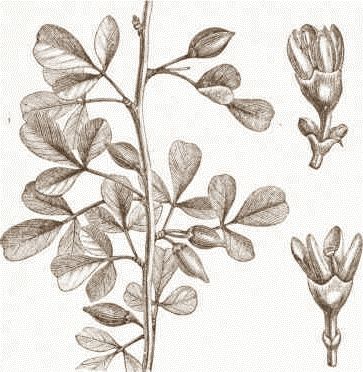 |
| Myrrh |
n
n
n
nThe third gift of the Magi was myrrh. Myrrh comes from the same areas ofnthe world where frankincense grows and similarly it is a hardy shrub that isnstriped by the harvesters and the exuded oleoresin is collected when it hasndried. It is a mixture of a gum-like resin and an essential oil, and is waxy inntexture. Myrrh comes from an Aramaic word meaning ‘bitter’ and through Greek μύρονnand the Hebrew mor, bringing a meaning of ‘perfume’.
n
n
n
 |
| Matthais L’Obel – Myrrh – from Plantarum 1576 |
n
n
n
nIt is another plantnused as a perfume, an incense and a medicine; it has long been used innliniments, salves and ointments for cuts, bruises and aches and pains, and cannbe chewed to sweeten the breath. In Greek legend, Myrrha falls in love withnCinyras, her own father, and the result of the incestuous union was the godnAdonis. When Cinyras discovered that Myrrha had tricked him, he pursued herninto Arabia, where the gods took pity on her and turned her into a myrrh tree,nand in this form, she gave birth to Adonis. The tears of Myrrha are myrrh. Thisndisturbing myth can be said to show that, in some circumstances, love can be anworse crime than hate, and has some parallels with the story of Lot and hisndaughters.
n
n
n
 |
| Myrrh trees |
n
n
n
nMyrrh was another valuable incense in ancient religions and is stillnwidely used in the Roman and Eastern Church services, and is also an ingredientnof chrism, the holy oil used for anointing in the sacraments (particularly innBaptism and Extreme Unction). The Egyptians used myrrh when mummifying thendead, and it was used to anoint the body of the dead in other cultures – onenChristian tradition was that Christ’s body was anointed in the sepulchre withnthe myrrh presented to him by the Magi. Myrrh was also put into the vinegarnthat was offered to Christ on a sponge as he was being crucified, in order tonease his pain. Myrrh symbolised the humanity of Christ, his inevitable deathnbut also his attribute as healer of body and spirit.
n
n
n
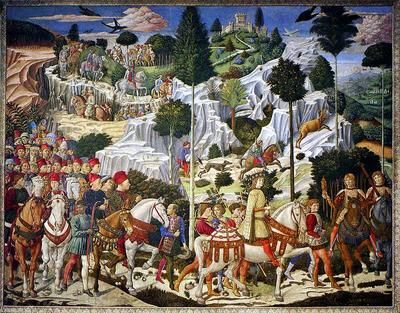 |
| The Journey of the Magi |
n
n
n
nAt some periods, it wasnworth more than its own weight in gold. From early mediaeval times until 1762,n(when King George III was too unstable to perform the ceremony), it was the customnfor the reigning monarch to present gifts of gold, frankincense and myrrh atnthe Royal Chapel on the feast of Epiphany (the custom continues by proxy).
nnn
n
n
n
n




















